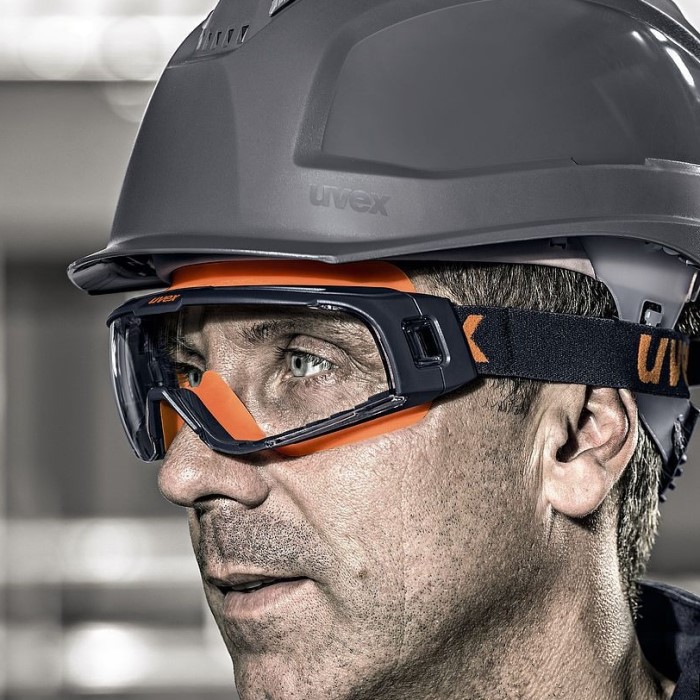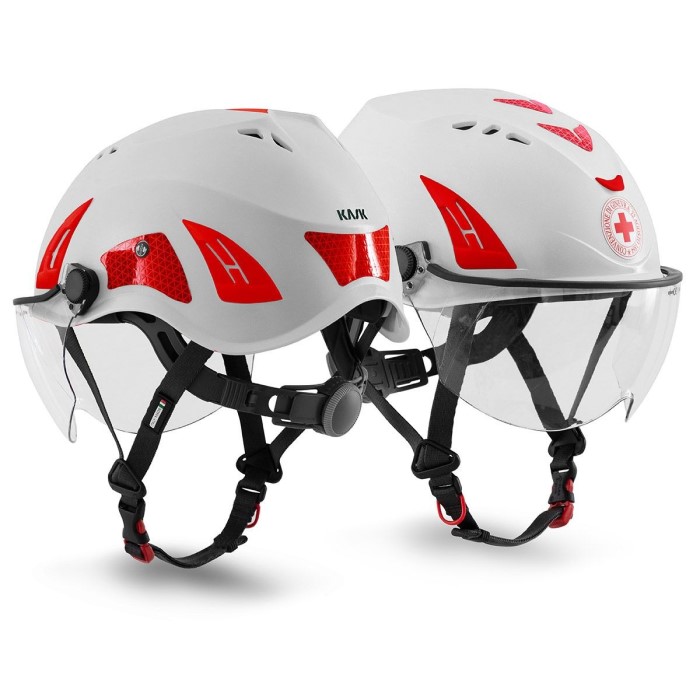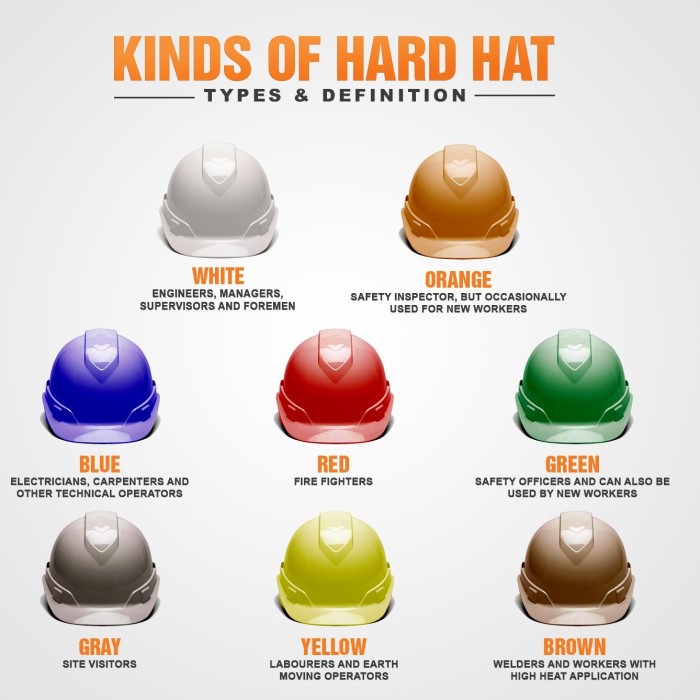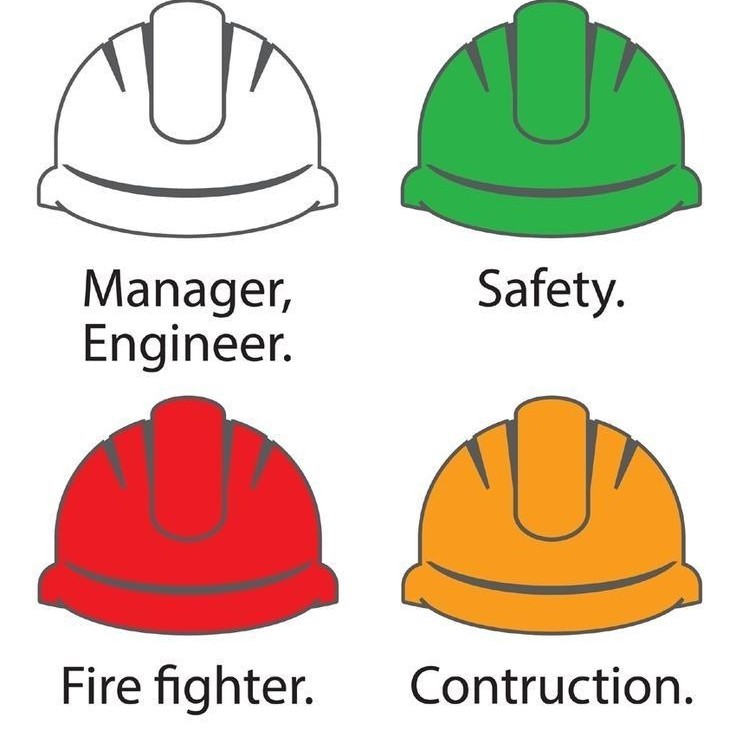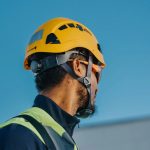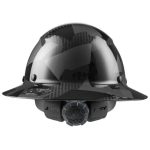Introduction
In today’s workplace, ensuring the safety of employees is paramount. Protective gear is an essential aspect of safety protocols, and among this gear, safety helmet vs hard hat are two of the most commonly used items. While they may seem similar at first glance, there are significant differences between safety helmets and hard hats. Understanding these differences is crucial for employers and employees to make informed decisions regarding workplace safety. This 2025 guide will analyze the distinctions between safety helmets vs hard hats, their unique features, and the current trends impacting their use.
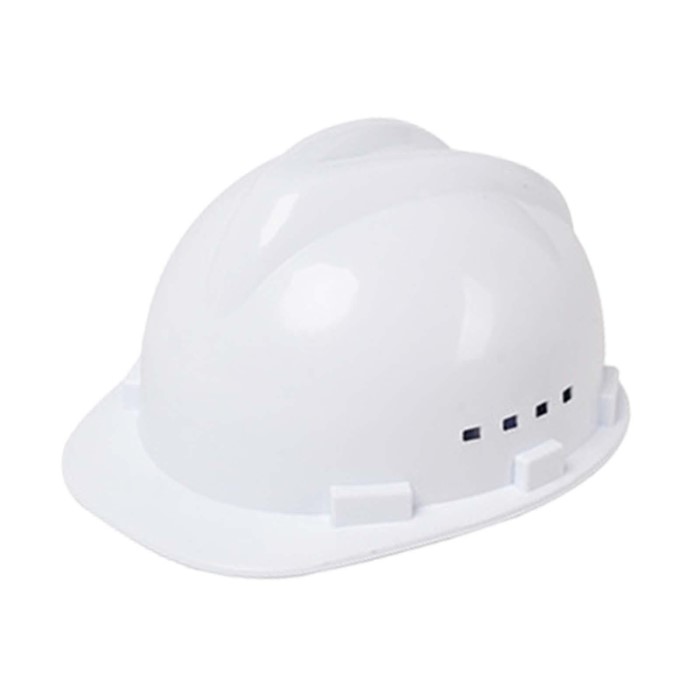
Understanding Hard Hats
What is a Hard Hat?
Hard hats have been a cornerstone of construction and industrial safety for decades. Typically made from high-density polyethylene (HDPE) or fiberglass, hard hats are specifically engineered to protect the wearer’s head from falling objects, collisions, and accidental bumps. They come equipped with a suspension system that keeps the helmet stable, distributing the weight and reducing the impact on the head.
Types of Hard Hats
Hard hats are categorized into two main types.
- Type I Hard Hats: These are designed to protect workers from impacts primarily to the top of the head, suitable for general construction sites where the primary threat comes from falling objects.
- Type II Hard Hats: These offer protection from both lateral and top impacts, making them ideal for situations where side impacts are a risk, such as in electrical work or areas with equipment that could strike the sides of the helmet.
Additionally, hard hats often come with features such as adjustable fit systems and retro-reflective strips for visibility in low-light conditions.
Understanding Safety Helmets
What is a Safety Helmet?
Safety helmets represent a newer innovation in head protection. They provide similar functionalities to hard hats but also come with advanced features that enhance comfort and safety. Made from lightweight yet durable materials, modern safety helmets can incorporate multiple technologies and ergonomic designs to suit various work environments.
Innovative Features of Safety Helmets
Integrated Technologies
- Overview of Integrated Technologies: Modern safety helmets have evolved considerably, incorporating advanced technologies to enhance safety and usability on the job. This development marks a significant shift from traditional hard hats, which primarily focused on basic head protection.
- Communication Systems: Many of today’s safety helmets feature built-in communication systems. These systems allow workers to communicate effectively in noisy environments without needing separate communication devices. This feature is vital for teams working in construction or emergency response, enabling quick exchanges of information.
- Integrated Lamps: Some helmets come equipped with integrated lamps that provide hands-free lighting. This feature is especially useful in dark or confined spaces, allowing workers to illuminate their environment without needing to hold a flashlight. This advantage enhances visibility and reduces the risk of accidents during low-light conditions.
- Impact Sensors: Many advanced helmets include impact sensors that monitor the helmet’s condition. These sensors detect hits or impacts and notify the wearer when they may need to replace their helmet. This proactive measure helps ensure that workers are using protective gear that remains effective, enhancing overall safety on the job.
Comfort Enhancements
- Focus on Ergonomics: The latest safety helmets are designed with ergonomics in mind. Their manufacturers prioritize worker comfort, recognizing that a well-fitting helmet can improve user compliance and safety.
- Moisture-Wicking Liners: Integrated moisture-wicking liners help keep workers dry by absorbing sweat and promoting evaporation. This feature is crucial for maintaining comfort throughout long work shifts, particularly in hot weather.
- Adjustable Chin Straps: Most modern safety helmets come with adjustable chin straps, allowing users to customize the fit according to their preferences. A secure fit minimizes movement during work, preventing the helmet from slipping and ensuring it provides optimal protection.
- Encouraging Consistent Use: Comfort is directly linked to consistent use. When workers find their helmets comfortable, they are more likely to wear them at all times. This practice is critical for ensuring that head protection is utilized whenever needed, contributing to overall workplace safety.
Ventilation
- Importance of Ventilation: Effective ventilation systems in safety helmets are crucial, especially for workers performing strenuous duties in hot environments. Proper airflow helps regulate temperature and enhances comfort, which is essential for maintaining focus and productivity.
- Heat Buildup Reduction: Good ventilation designs facilitate the escape of heat and moisture from within the helmet, reducing heat buildup that can cause discomfort and distraction. This reduction in heat keeps workers cool and allows them to remain focused on their tasks.
- Varieties of Ventilation Systems: Modern helmets may incorporate various ventilation systems, including passive and active vents. Passive vents allow air to flow naturally, while active vents might include fans or other mechanisms to promote air circulation actively.
- Promoting Worker Well-Being: By integrating effective ventilation features, helmet manufacturers enhance worker well-being, reducing fatigue and discomfort. A well-ventilated helmet allows workers to concentrate on their responsibilities without being hindered by excessive heat or humidity, ultimately contributing to safer work practices.
Key Differences: Safety Helmet vs Hard Hat
Materials and Durability
While hard hats are traditionally crafted from robust materials, safety helmets often use lighter composites that do not compromise protection. This shift allows safety helmets to support more comfortable designs without sacrificing safety standards.
Standard of Protection
Both hard hats and safety helmets must meet certain safety standards, but safety helmets can provide broader protection. They often offer superior impact resistance and may include features that protect against electrical hazards as well.
Versatility in Use
Safety helmets are not confined to construction jobs; they are used in various industries, including mining, forestry, and emergency response. Their multifunctionality appeals to a broader range of professionals, making them a practical choice for varied environments.
Current Trends Supporting Helmet Adoption in 2025
Regulatory Changes and Recommendations
As the discussion around workplace safety evolves, many regulatory bodies are updating their guidelines. The shift towards adopting safety helmets in place of hard hats is becoming more prevalent, emphasizing their superior technological features and overall safety benefits.
Focus on Ergonomics and User Comfort
In recent years, there has been an increased emphasis on ergonomic design in safety equipment. Workers now prioritize comfort just as much as safety, leading manufacturers to create helmets that conform to the shape of the head, reducing fatigue during long use.
Technological Innovations
The integration of technology in safety helmets represents a significant advancement in worker safety. Modern safety helmets can feature augmented reality (AR) capabilities, environmental sensors, and smart communication features, making them more versatile and useful in real-time applications.
Addressing Common Questions
Are safety helmets replacing hard hats?
Yes, in many industries, safety helmets are beginning to replace traditional hard hats due to their advanced protective features and improved comfort. However, hard hats still play a pivotal role in situations where basic overhead protection is deemed sufficient.
What are the disadvantages of safety helmets?
While safety helmets offer numerous advantages, some drawbacks include higher costs compared to standard hard hats and a learning curve for workers who may need guidance on how to effectively use the integrated technologies.
What is the difference between a safety helmet and a safety cap?
Safety helmets provide comprehensive protection against a variety of hazards, whereas safety caps are designed for lighter applications and offer minimal head protection. Safety caps typically do not conform to the same rigorous safety standards required for helmets.
Best Practices for Using Safety Gear
To maximize safety and protection, consider the following:
- Regular Inspections: Ensure that all helmets, whether safety helmet vs hard hat, are inspected regularly for signs of wear and damage. This practice helps identify any potential compromises in safety before they lead to incidents.
- Proper Fit: A secure and comfortable fit is critical. Use adjustable features to ensure that helmets fit correctly and stay in place during work.
- Training and Awareness: Provide training to workers on the importance of wearing helmets, understanding their limitations, and knowing how to use them effectively. Workers should also learn to identify signs of wear and factors that could compromise helmet integrity.
- Staying Updated on Standards: Ensure that the helmet being used complies with current safety standards and regulations. Stay informed about any changes or updates from relevant regulatory bodies.
Conclusion
Understanding the distinctions between safety helmet vs hard hat is essential for ensuring optimal protection in the workplace. While traditional hard hats have their place, modern safety helmets offer advanced features that enhance protection and comfort. As industries continue to evolve and prioritize worker safety, making informed choices about head protection will be paramount.
In conclusion, transitioning to safety helmets where appropriate not only keeps workers safe but also fosters a culture of safety awareness. Employers should stay attuned to the evolving landscape of safety gear, ensuring their teams are equipped with the best protective equipment available. As we look forward to the future of workplace safety in 2025, prioritizing effective head protection will continue to be crucial for both employer and employee safety alike. Recognizing the benefits and potential of safety helmets compared to hard hats will be vital for maintaining a safe and productive work environment.
